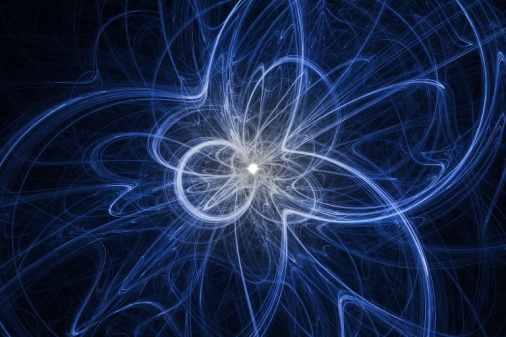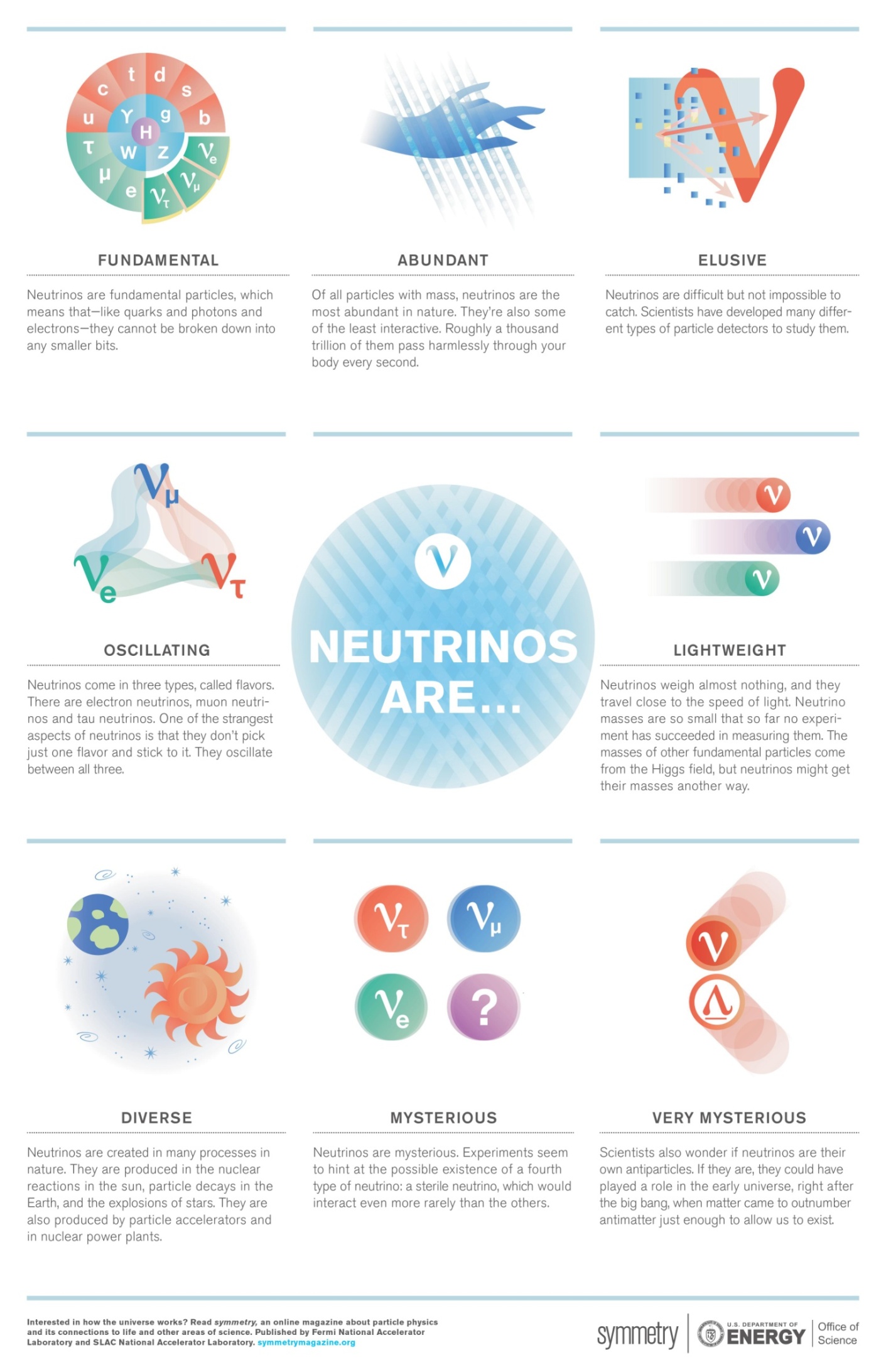Description

Copyright infringement not intended.
Context:
- The Tamil Nadu government filed an affidavit in the Supreme Court stating that it would not permit the construction for the proposed Indian Neutrino Observatory at Bodi West Hills in Theni district.
Decoding Neutrino:
- Matter is made of atoms, composed of a nucleus (made of protons and neutrons) surrounded by electrons.
- Protons and neutrons are each made of three elementary particles named “quarks”.
- Electrons are one type of elementary particles named “leptons”.
- According to the standard model of particle physics, there are 6 types of quarks and 6 types of leptons.
- The leptons having an electric charge are the electron, the muon and the tau.
- A lepton with no electric charge is associated to each of them: the electron-neutrino (νe), the muon-neutrino (νμ) and the tau-neutrino (ντ).
- Thus, Neutrinos belong to the family of particles called leptons.
Characteristics of Neutrinos:
- Neutrinos are not subject to the strong force.
- The weak force has a very short range, the gravitational interaction is extremely weak, and neutrinos do not participate in the strong interaction.
- Thus, neutrinos typically pass through normal matter unimpeded and undetected.
- About 100 trillion neutrinos pass through our bodies every second.
- The neutrino has a very little mass, a zero charge and a spin ½.
- Neutrinos were first detected in 1959 and they are the second most abundant particle in the world after Photon.

Sources of Neutrinos:
- Neutrinos are created by various radioactive decays; the following list is not exhaustive, but includes some of those processes:
- beta decay of atomic nuclei or hadrons,
- natural nuclear reactions such as those that take place in the core of a star
- artificial nuclear reactions in nuclear reactors, nuclear bombs, or particle accelerators
- during a supernova
- during the spin-down of a neutron star
- when cosmic rays or accelerated particle beams strike atoms.
Detection:
- A neutrino is able to react with an atom of gallium-71, converting it into an atom of the unstable isotope germanium-71.
- The germanium is then chemically extracted and concentrated.
- Neutrinos were thus detected by measuring the radioactive decay of germanium.
India-based Neutrino Observatory:
- In Theni district in Tamil Nadu, the India-based Neutrino Observatory is proposed to be set up.
- It is a particle physics research project under construction to primarily study atmospheric neutrinos in a 1,200 meters (3,900 ft) deep cave under a mountain.
- The main experiment proposed at INO is the Iron-Calorimeter Detector.
Concern:
- The project, if implemented, will affect the flora and fauna of the Periyar Tiger Reserve and Mathikettan Shola National Park in the Western Ghats which have earned global reputation for effective conservation.
- Hence, the Tamil Nadu Government is refusing to permit its construction.
Why does INO need the mountain?
- The mountain consists of 1km of solid rock that filters away most of the charged particles from the cosmic rays.
- The filtered set consists of a part of the incident cosmic ray protons and pions and practically all the neutrinos.
Why does such experiments have to be underground?
- If the detector was placed at the surface of the mountain, it would pick up billions of cosmic ray muons every hour and about 10 neutrino events per day.
- After placing inside the rock, it would detect only 300 muon events per hour and about 10 neutrino events per day of which 3 will be the desired muon neutrino events.
How does Iron calorimeter detect the neutrinos?
- The ICAl consists of 150 layers of alternating iron slabs.
- The muon neutrino interacts with the iron to produce a muon which is electrically charged.
- This charge is picked up by sensors.
- By piecing together the pulses, the path followed by the muon is tracked.
- This is used to infer the properties of the neutrino which caused the pulses.
https://www.downtoearth.org.in/news/environment/tamil-nadu-says-no-to-indian-neutrino-observatory-project-in-theni-81604











